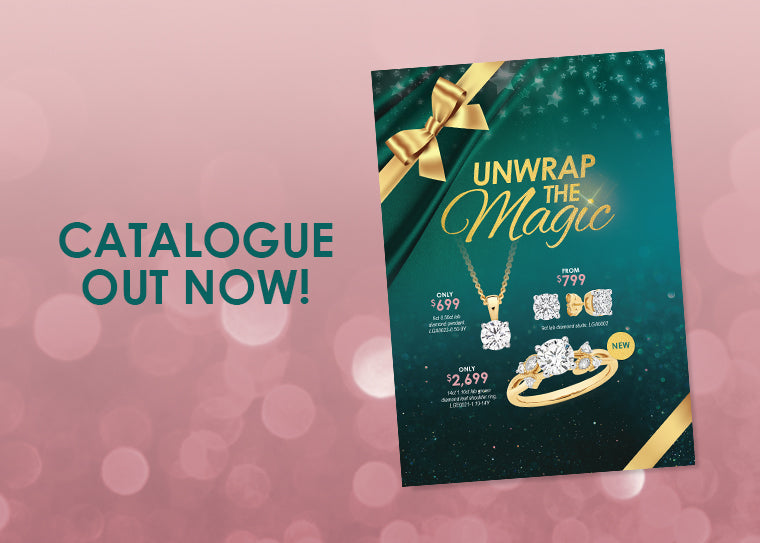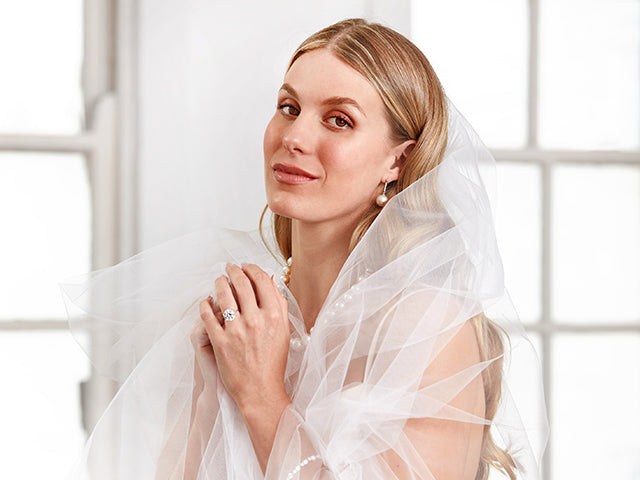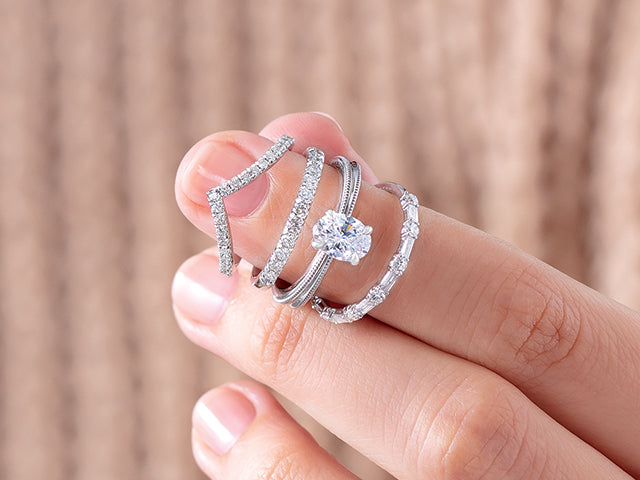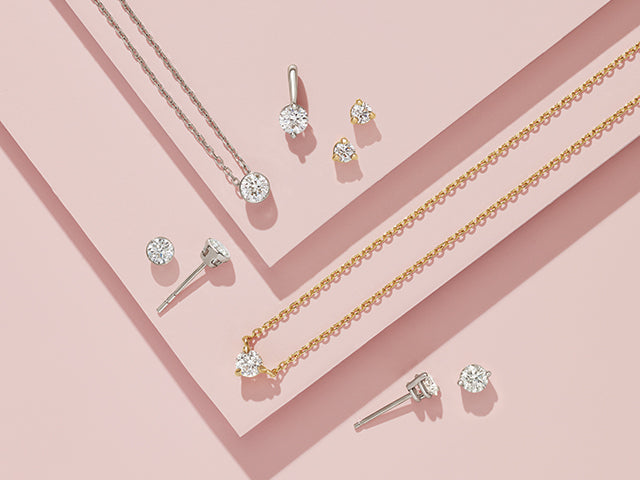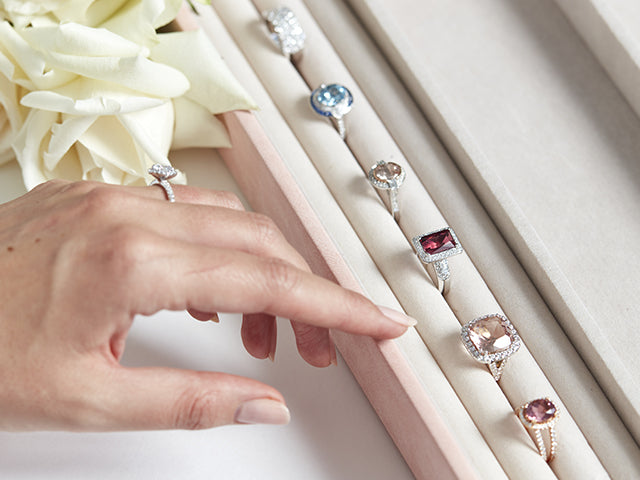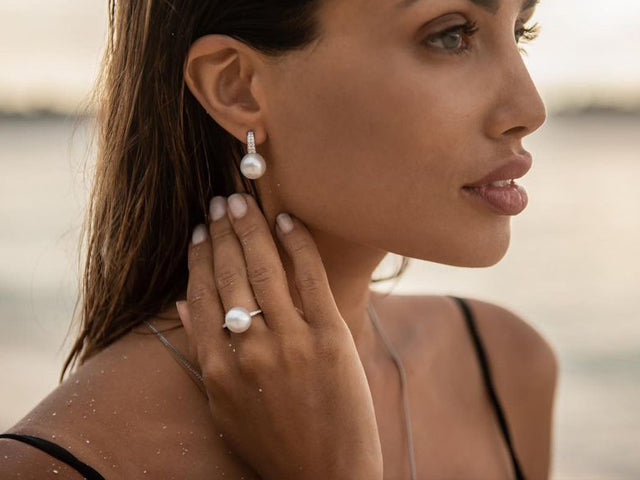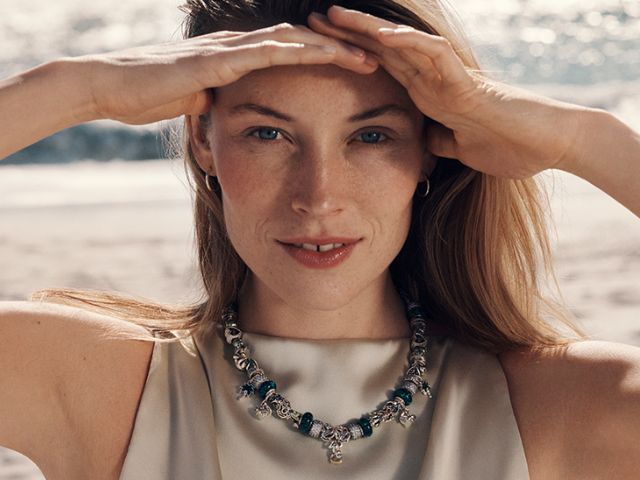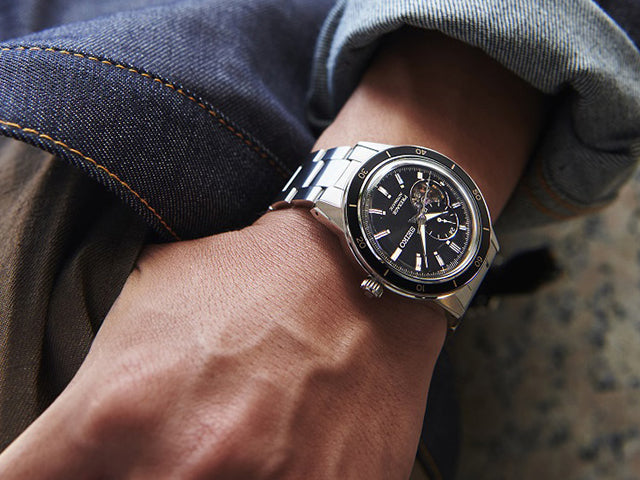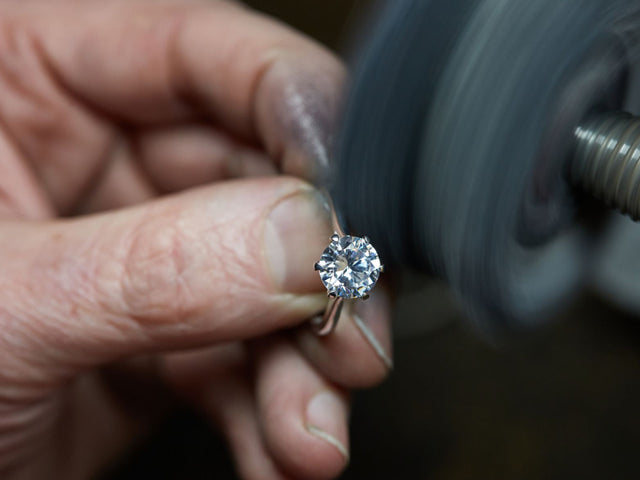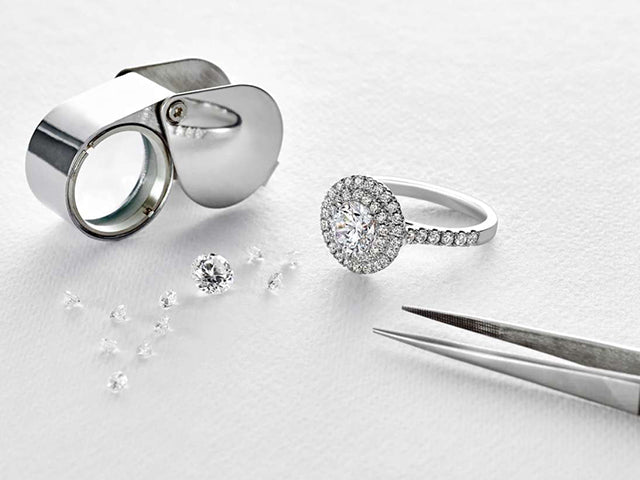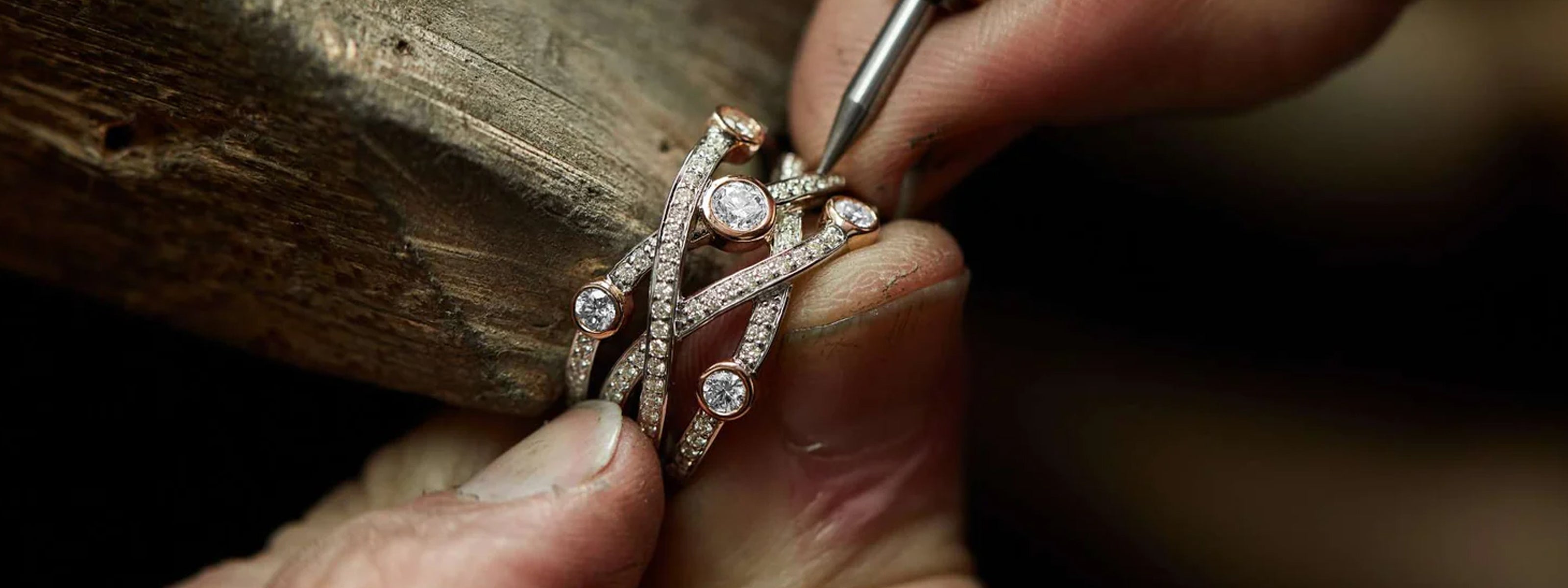Welcome to the magical world of Gemstones. With so many exquisite colours available in an endless array of shapes and sizes, the gemstone you select is an expression of your unique style.
In our Gemstone Education we give a brief description of the most common stones so you can make educated decisions. If you need further in-depth advice or would like to examine some beautiful specimens, please visit us at Offe Jewellers.
Rating the hardness of gemstones
Gemstone Overview
The most universally known gemstones are the big three, sapphire, ruby and emerald and are generally quite expensive, especially in their natural form.
Sapphire
Sapphire is a member of the mineral species corundum. The rich hues of blue sapphire are well known, but fancy sapphires come in many colours including pink, yellow, purple, colourless, black, green and rare pinkish orange.
Sapphire has been cherished for thousands of years for its colour, durability, hardness and luster. Early Buddhists believed in its power for spiritual awareness.
Sapphires measure 9 on Mohs scale of hardness and are the birthstone of September.
Ruby
Ruby is the red variety of the mineral corundum and its colour is caused by traces of chromium. Colour is the most significant factor affecting the value of rubies. The most sought-aftercolour by collectors worldwide is a deep red sometimes with a hint ofpurple and referred to as ‘pigeons blood’.
Early cultures valued rubies for the similarity in colour to blood and believed rubies held the power of life. Many medieval Europeans wore rubies to ensure health, wealth, wisdom and success in love.
Rubies measure 9 on Mohs scale of hardness and are the birthstone of July.
Emerald
Emerald is the green to bluish-green variety of the mineral Beryl and is coloured by trace elements of chromium and vanadium. The most desirable emerald colours are bluish-green to pure green with strong to vivid colour saturation and medium to medium-dark tone.
From Egyptian Pharaohs to Inca emperors, emerald has enchanted royalty for more than 6000 years. Emeralds from Columbia brought back to Europe by the Spanish helped popularise the gem.
Emeralds measure 7.5-8 on Moh’s scale of hardness and are the birthstone of May.
Tanzanite
Tanzanite is the blue to bluish purple variety of the mineral zoisite. The most prized is a pure blue colour or an intense violet blue. Viewed underdifferent angles, tanzanite’s hue may appear violet.
Named after Tanzania, the country in which it was discovered in 1967, tanzanite continues to grow in popularity. Tanzanite is found commercially in only one place on earth making it many times rarerthan diamonds.
Tanzanite measures 6-7 on Mohs scale of hardness. Tanzanite shares the status as December’s birthstone with otheroptions including turquoise and zircon.
Aquamarine
Aquamarine is the light green blue to blue variety of the mineral beryl. It’s generally light to medium in tone. Aquamarine’s most valuable colour is a vibrant medium blue to slightly greenish blue.
The name aquamarine is derived from the two latin words - aqua meaning ‘water’, and marina meaning ‘of the sea’. It has been said that the mineral beryl gives the wearer protection against foes in battle or litigation.
Aquamarine measures 7.5-8 on Mohs scale of hardness and is the birthstone of March.
Morganite
Morganite is the pink to orange-pink variety of the mineral beryl. Morganite’s subtle colour is caused by traces of manganese. Strong colour in morganite is rare and to achieve the finest colour gems usually they must be large.
Formerly rose beryl, Morganite was named in 1910 after financier J.P. Morgan for his support of the arts and sciences. He was one of the thee most important gem collectors in the early 1900’s.
Morganite measures 7.5-8 on Mohs scale of hardness.
Tourmaline
Tourmaline comes in a wide range of colours that vary in intensity and tone. Very few gems match tourmaline’s dazzling range of colours and for many years it was easily confused with other gems until the development of modern mineralogy.
According to Egyptian legend, the tourmaline gathered all the colours while travelling along the rainbow. Its name means ‘gem of the rainbow’.
Tourmaline measures 7-7.5 on Mohs scale of hardness and is the birthstone of October.
Topaz
Topaz features a variety of colours, from colourless, light blue, green, yellow, red, orange, pink, violet to brown. A vivid purplish pink colour is one of the rarest and sought after colours. Blue topaz and colourless topaz are widely available and most affordable.
Topaz was a symbol of strength amongst ancient Greeks. During the renaissance period, Europeans believed in its power to destroy curses and dispel anger. Topaz comes from the Sanskrit word tapas, meaning ‘fire’.
Topaz measures 8 on Mohs scale of hardness. Topaz is the birthstone of November along with Citrine.
Amethyst
Amethyst is the purple variety of the mineral quartz and is the gem most commonly associated with the colour purple. The purple can be cool and bluish or reddish purple, which is sometimes referred to as ‘raspberry’.
Due to the wine like colour of Amethyst, early Greek legends associated amethyst with Bacchus, the god of wine. Amethystos means ‘not drunk’ in ancient Greek. It was believed that wearing amethyst prevented drunkenness.
Amethyst measures 7 on Mohs hardness scale and is the birthstone of February.
Citrine
Citrine is the pale yellow to brownish orange variety of quartz and is quite rare in nature. The most popular shade is an earthy deep brownish or reddish orange. The finest citrine colour is saturated yellow to reddish orange free of brownish tints.
The name citrine is derived from French ‘citron’ and the Latin ‘citrus’ meaning lemon-coloured. Naturally coloured citrine is rare and most citrine quartz is the result of heat treatment of amethyst quartz
Citrine measures 7 on Mohs hardness scale and is the birthstone of November.
Garnet
Garnets are a set of closely related minerals that form a group, resulting in gemstones in almost every colour. Colour variations are caused by the presence of different trace elements and often have specific variety names.
Necklaces studded with garnets adorned the pharaohs of ancient Egypt. In ancient Rome, signet rings with carved garnets were used as seals to stamp the wax that secured important documents.
Garnet measures 6.5-7.5 on Mohs scale of hardness and is the birthstone of January
Peridot
Peridot colour ranges from yellowish green to greenish yellow. The most favoured peridot colour is richly saturated pure grass green without any hint of yellow or brown.
Peridot has always been associated with light. Some believe it protected its owner from ‘terrors of the night’ especially when it was set in gold.
Peridot measures 6.5-7 on Mohs scale of hardness and is the birthstone of August.
Birthstones by Month
Each gemstone is associated with a birth month.
- January - Garnet
- February – Amethyst
- March – Aquamarine
- April – Diamond
- May – Emerald
- June – Pearl, alexandrite or moonstone
- July – Ruby
- August – Peridot or spinel
- September – Sapphire
- October – Tourmaline or opal
- November – Citrine or topaz
- December – Tanzanite, turquoise or zircon
Treatments in Gemstones
After the mining process gemstones undergo a range of different procedures to bring them to market. Stones need to be expertly cut and polished to the correct proportions ensuring the stone can handle the light and create a more intense colour. Many gemstones are commonly heat treated to enhance their colour, which is a permanent treatment. For example, colourless topaz is heat treated to make it blue topaz, or amethyst quartz is treated by heat to make a citrine.
Which style of jewellery will suit my favourite stone?
Ruby and sapphires are durable and hard, but pearls and opals are soft and fragile. Generally, it’s recommended to use harder stones in rings and bracelets saving the softer more delicate stones for earrings and pendants or just for special occasions to reduce the risk of damage to your stone.
Lab created colour gemstones
Lab-created gemstones are ‘grown’ in a lab under the same heat and pressure conditions as the natural stones formed underground. They share virtually all the chemical, optical and physical characteristics of its natural counterpart. Selecting a lab created stone is a great way to own a beautiful gemstone at a more affordable price. The fact a stone is lab-created should be disclosed to you before you buy.
All you need to know about Pearls
Pearls are formed when an irritant enters an oyster, mussel, or clam sparking a defence mechanism releasing a fluid, which coats the irritant. Over time, layer upon layer of this coating called ‘nacre’ builds up developing into a pearl.
Natural pearls occur when the irritant, usually a parasite or small piece of grit, works its way into the mollusc starting the pr ocess of pearl creation without any intervention. Natural pearls are extremely rare with only one in ten thousand oysters creating a pearl of its’ own.
Cultured pearls are not artificial and come from the very same source as natural pearls. The only difference is, humans have intervened by inserting the irritant into the mollusc and leaving it to work its magic. The pearls you see on shelves of jewellery stores around the world are most likely cultured pearls.
There are natural pearls in circulation, but they are limited in supply. Due to this rarity a good specimen can command a very high price. To separate a natural pearl from a cultured pearl it can be x-rayed to show its internal structure.
Type of Pearls
Freshwater Cultured Pearls
Freshwater pearls are the most plentiful so therefore the most affordable and cultivated from mussels primarily harvested in China. Freshwater pearls are most common in 6mm to 12mm sizes. They are seldom perfectly round due to their culturing process. Freshwater pearls come in many colours and may be dyed to create this appearance.
Tahitian Cultured Pearls
Tahitian pearls feature uniquely exotic charcoal colours with hints of pink, purple, blue and green in their sheen. This comes from the black pigment uni que to the black - lipped oyster. This oyster is particularly sensitive to the culturing process making Tahitian pearls expensive to produce.
South Sea Cultured Pearls
South Sea cultured pearls are farmed primarily from the warm waters off the northern west coast of Australia and the Philippines. They are prized for their large size and glowing sheen. South Sea pearls come in a variety of colours with the most popular being white or golden.
Akoya
The beauty of the Akoya pearl is legendary. They are named after the mollusc in which they’re created, the Akoya oyster. This mollusc, the nature of the environment in which the pearls are created and the fact the Japanese have perfected the process, all result in producing beautiful pearls. Akoya pearls are commonly round and symmetrical, making them perfect for pearl strands. They’re on average 6mm in size and are famous for their colour and creamy lustre.

